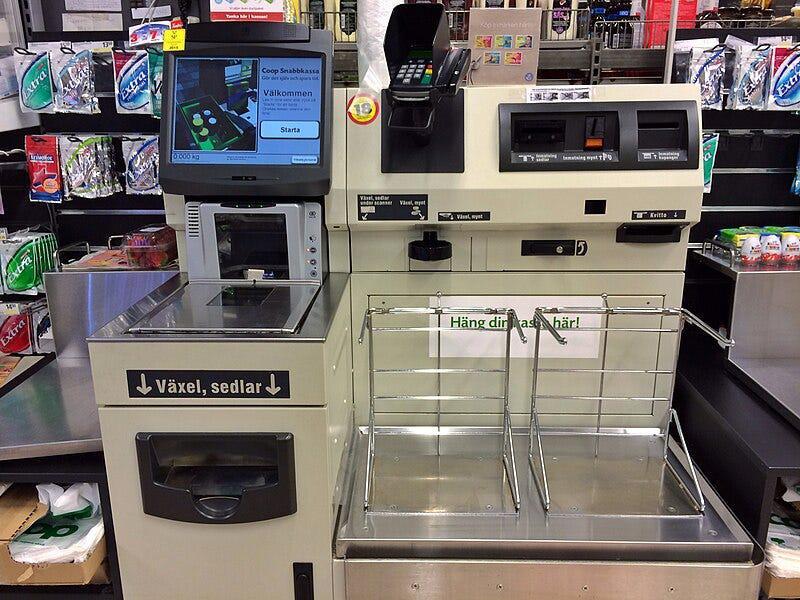About 10 years ago, self-service checkout began to appear in our supermarkets, probably revolutionizing the shopping experience while cutting costs for retailers. The idea was that customers no longer needed to line up at the checkout, but instead actively scan the purchase barcode and then quickly pay their bill through a credit card or debit card swipe via the reader.
It seemed like a simple and winning solution. Checkout jobs in retail are often considered low-value activities for employees, repetitive and alienating. They are barely a step away from automation. Eliminating these jobs meant not only cost savings but also freeing up store employees to perform other activities. Furthermore, considering the simplicity of self-checkout, the entire process was expected to be streamlined and efficient. The industry was excited. By 2013, there were already 191,000 self-service checkouts installed worldwide, estimated to reach 1.2 billion by 2025.
Ten years later, the undeniable reality is failure. Unmitigated disaster. Checkout machines have proven to be more difficult to use than expected, as customers get caught up in all sorts of confusion, requiring employees to be on hand to prevent unintentional item intake. Other issues include devices that scan the same item multiple times, or cannot detect plastic overlays, ice, or slightly bent labels, as well as poor user interfaces. Additionally, technology designed to prevent theft ("place items on the right side") has led to all kinds of additional errors. The result is machines being cleared, lines of frustrated customers waiting, and employees tied up focusing on the process.
In short, disaster is prompting many large retail chains that viewed self-checkout as the future. In some countries, such as France where labor laws impose strict operating hours, there was the idea that supermarkets could remain open later, but it did not happen: all kinds of resistance, accusations of being "too American," and claims of going against French culture.
